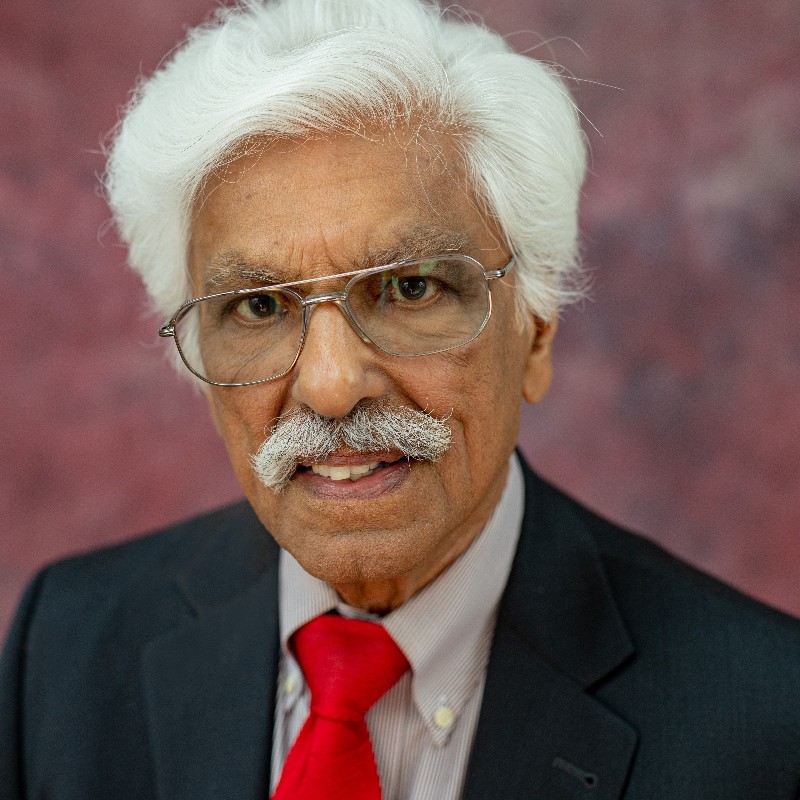Room Paradise Ballroom B
Speaker(s):
Description
Suicide is the number one cause of death in US jails and the third cause in prisons. Inmates are among the highest risk group for suicide worldwide.
Suicide is a major public health issue. We have the highest rate of incarceration among the developed countries. Only 4.4 % of people in the world live in the US. However, 22.4 % of all incarcerated people in the world are in the US jails and prisons.
The emotional and financial consequences and legal ramifications of suicide are staggering. Millions of dollars are paid out to the survivors.
How can deaths by suicide behind bars be prevented; how can we save lives; how can the stakeholders of jails and prisons avoid lawsuits?
This course is for the correctional officers, mental health professionals such as psychiatrists, psychologists, social workers, physicians, nurses, therapists, and mental health workers, who work in these facilities and come into direct contact with inmates who could potentially take their lives. In my view, these professionals are the eyes and ears of suicide prevention.
The course is also directed to administrators such as Sheriffs, Wardens, Chief administrators of prisons, shift commanders, trainers and policymakers.
This highly informative, instructive and inspiring course pulls from my 20 years of clinical experience, research on suicide in correctional settings and expert consultations on lawsuits.
Objectives
-
- Discuss the what, how and why of inmate suicide
- Separate myths from facts of custodial suicide
- Identify risk and protective factors to prevent suicide and save lives
- Describe how to perform proper suicide screening and suicide risk assessment
- Describe ways on how to be the eyes and ears of suicide prevention, monitoring, and treatment of suicidal inmate
- Discover how to navigate policies, procedures and practices to avoid lawsuits
- Review basic principles of legal decision-making in medical negligence and deliberate indifference lawsuits

